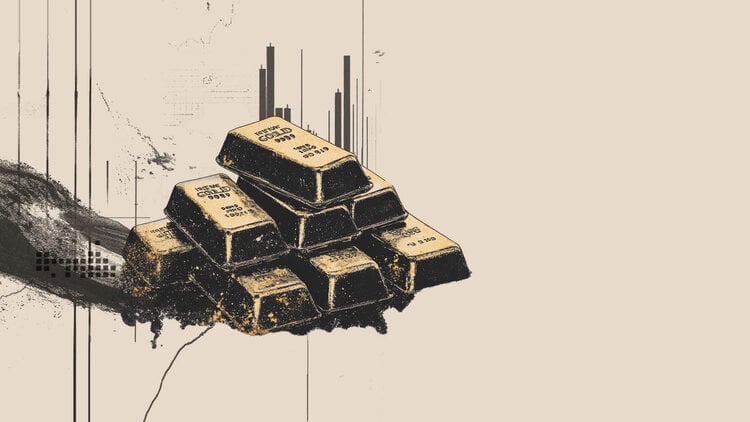- The American dollar index remained strong while retail sales increased 1.4% in March, indicating a solid consumer expense.
- The dollar faces continuous pressure as the uncertainty of investors persists amid the unclear management of US commercial and economic policies.
- Tensions have intensified since President Trump has initiated new research on possible critical mineral tariffs.
The US dollar index (DXY), which tracks the US dollar (USD) compared to a basket of six main currencies, is slightly stronger, around 99.50, driven by solid consumer spending data. The US retail sales increased 1.4% in March, exceeding both the 0.2% increase in the previous month and market expectations of an increase of 1.3%, according to data published on Wednesday. Market participants now focus their attention on the next economic indicators of the US, including construction permits, housing beginnings, the manufacturing index of the Fed of Philadelphia and the initial weekly applications of unemployment subsidy.
However, the broader perspective of the US dollar remains under pressure in the middle of the continuous uncertainty of investors derived from the unpredictable commercial and economic policies of the United States. The research, which points to industries such as copper, pharmaceutical products, wood and semiconductors, highlights concerns about the limited national production capacity of the United States in strategic sectors, which further aggravates the commercial gap with China.
The president of the Federal Reserve, Jerome Powell, addressed the economic perspective during a speech at the Chicago Economic Club, pointing out that the US economy remains “solid” despite the growing uncertainty and downward risks. Powell reiterated that the Fed is well positioned to expect greater clarity before adjusting its policy position, citing almost maximum employment and inflation slightly above the objective of 2%, although it has moderated significantly.
Meanwhile, a recent survey of the Federal Reserve Bank of New York suggested an increase in consumer pessimism, with more homes anticipating greater inflation, weaker work perspectives and strictest credit conditions in the coming months. Financial markets are now valuing a possible resumption of rates cuts from June, with expectations that the policy rate, currently by 4.25% –4.50% – could be reduced to a complete percentage point by the end of the year.
US dollar FAQS
The US dollar (USD) is the official currency of the United States of America, and the “de facto” currency of a significant number of other countries where it is in circulation along with local tickets. According to data from 2022, it is the most negotiated currency in the world, with more than 88% of all global currency change operations, which is equivalent to an average of 6.6 billion dollars in daily transactions. After World War II, the USD took over the pound sterling as a world reserve currency.
The most important individual factor that influences the value of the US dollar is monetary policy, which is determined by the Federal Reserve (FED). The Fed has two mandates: to achieve price stability (control inflation) and promote full employment. Its main tool to achieve these two objectives is to adjust interest rates. When prices rise too quickly and inflation exceeds the 2% objective set by the Fed, it rises the types, which favors the price of the dollar. When inflation falls below 2% or the unemployment rate is too high, the Fed can lower interest rates, which weighs on the dollar.
In extreme situations, the Federal Reserve can also print more dollars and promulgate quantitative flexibility (QE). The QE is the process by which the Fed substantially increases the flow of credit in a stuck financial system. It is an unconventional policy measure that is used when the credit has been exhausted because banks do not lend each other (for fear of the default of the counterparts). It is the last resort when it is unlikely that a simple decrease in interest rates will achieve the necessary result. It was the weapon chosen by the Fed to combat the contraction of the credit that occurred during the great financial crisis of 2008. It is that the Fed prints more dollars and uses them to buy bonds of the US government, mainly of financial institutions. Which usually leads to a weakening of the US dollar.
The quantitative hardening (QT) is the reverse process for which the Federal Reserve stops buying bonds from financial institutions and does not reinvote the capital of the wallet values that overcome in new purchases. It is usually positive for the US dollar.
Source: Fx Street
I am Joshua Winder, a senior-level journalist and editor at World Stock Market. I specialize in covering news related to the stock market and economic trends. With more than 8 years of experience in this field, I have become an expert in financial reporting.







